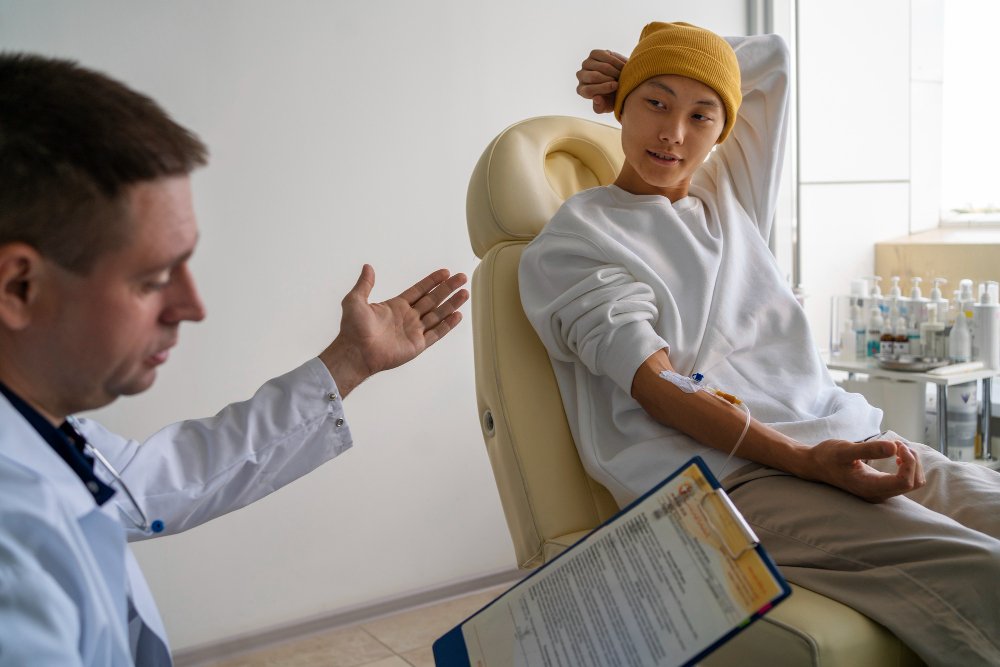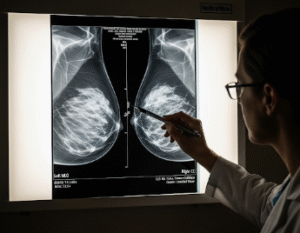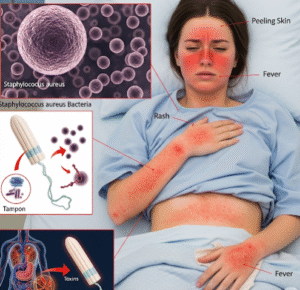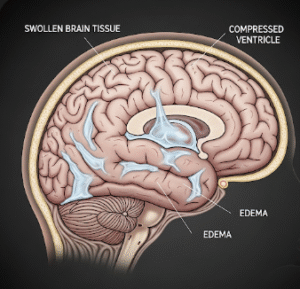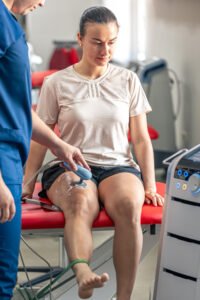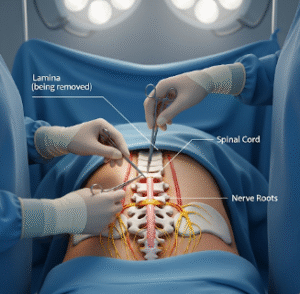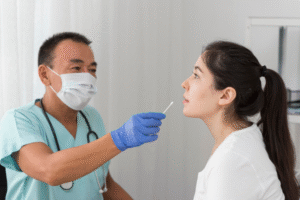Overview
Aortic Aneurysm is a potentially life-threatening condition characterized by the abnormal bulging or dilation of a section of the aorta, the largest artery in the body. If left untreated, the aneurysm can rupture, leading to internal bleeding and often death. While it may grow silently without symptoms, early detection and treatment are crucial for survival.
What is Aortic Aneurysm?
An aortic aneurysm occurs when a weakened section of the aorta wall begins to balloon outward. It can occur in the chest area (thoracic aortic aneurysm) or in the abdomen (abdominal aortic aneurysm or AAA). These aneurysms can remain stable or gradually enlarge over time.
Aneurysms may not cause any symptoms until they are large or rupture. Screening and imaging play key roles in diagnosis, especially in people at high risk.
Symptoms
Most aortic aneurysms do not cause noticeable symptoms until complications arise. However, possible signs include:
- Abdominal Aneurysm:
- Pulsating feeling near the navel
- Deep, constant abdominal pain
- Back pain
- Thoracic Aneurysm:
- Chest or upper back pain
- Shortness of breath
- Difficulty swallowing
- Cough or hoarseness
- If Ruptured:
- Sudden, severe pain
- Rapid heart rate
- Low blood pressure
- Loss of consciousness
Causes
Aortic aneurysms develop due to weakening of the aortic wall, which may result from:
- Atherosclerosis (hardening of the arteries)
- High blood pressure (hypertension)
- Connective tissue disorders (e.g., Marfan syndrome, Ehlers-Danlos syndrome)
- Infections (e.g., syphilis, tuberculosis)
- Genetic predisposition
- Trauma or injury to the chest or abdomen
Risk Factors
- Age over 60
- Male gender
- Family history of aneurysms
- Smoking or past smoking history
- High blood pressure
- High cholesterol
- Obesity
- Sedentary lifestyle
- Chronic lung disease
Complications
- Rupture: Can cause fatal internal bleeding
- Dissection: A tear in the inner layer of the aorta wall leading to severe complications
- Blood Clots: May form in the aneurysm and lead to embolism
- Organ damage: Due to poor blood supply if rupture or dissection occurs
Prevention
- Avoid smoking or seek help to quit
- Control blood pressure and cholesterol levels
- Maintain a healthy weight and exercise regularly
- Eat a heart-healthy diet
- Screen for aneurysms if you have a family history or other risk factors
- Manage chronic illnesses (e.g., diabetes, COPD)
Treatment Options in Korea
South Korea offers world-class cardiovascular treatment with highly advanced imaging, surgical expertise, and post-operative care.
1. Diagnosis
- Ultrasound: Commonly used to detect abdominal aortic aneurysms
- CT Scan or MRI: Provides detailed images of the aneurysm’s size and location
- Chest X-ray: May reveal thoracic aneurysms
- Angiography: Used before surgical planning
2. Monitoring
- Small aneurysms may be monitored with regular imaging
- Lifestyle changes and blood pressure medications to reduce progression
3. Medication
- Beta-blockers: Lower blood pressure and reduce strain on the aortic wall
- Statins: To control cholesterol and reduce plaque buildup
- Antihypertensives: Keep blood pressure within safe limits
4. Surgical Intervention
- Open Surgical Repair: Involves replacing the damaged section of the aorta with a synthetic graft
- Endovascular Aneurysm Repair (EVAR): A minimally invasive procedure using a stent graft placed through blood vessels
5. Post-Surgical Care
- Rehabilitation programs for heart and vascular health
- Regular follow-up imaging to monitor for recurrence or complications
- Nutritional counseling and risk-factor management

